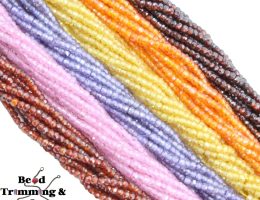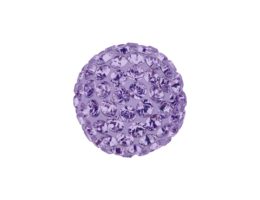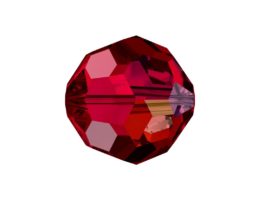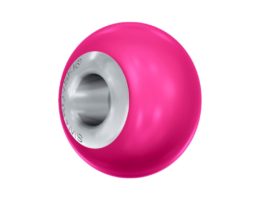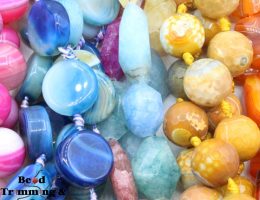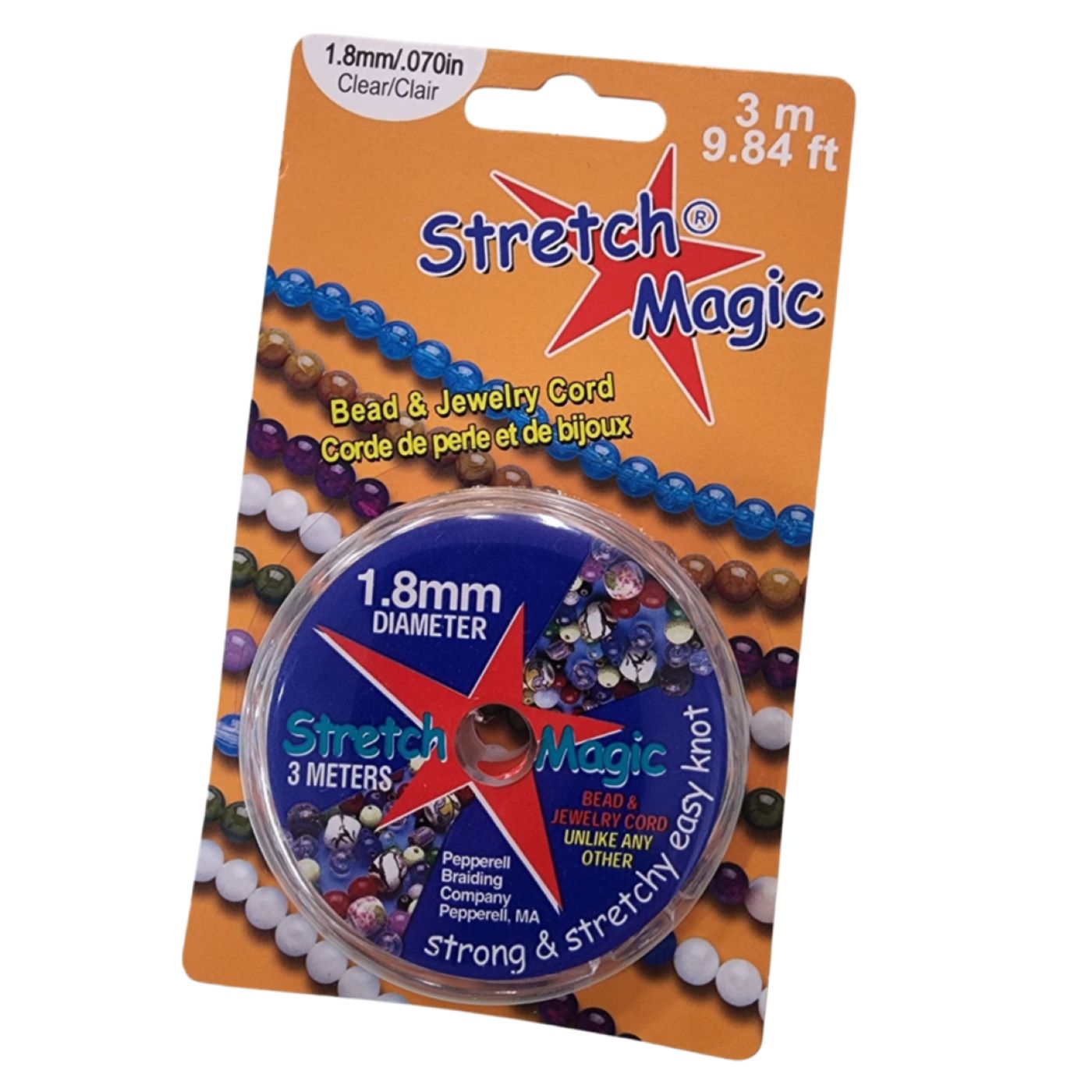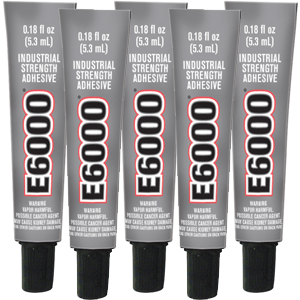Is Flexy Beading Wire the same as Tiger Tail?
When it comes to jewellery-making, the choice of wire can significantly impact the final product’s quality and durability. Among the plethora of options available, a few names frequently stand out: Flexy Wire, Acculon, Beadlon, SoftFlex and Tiger Tail. All are essentially the same thing.
We love our Flexy Beading Wire. Japanese micro-wire technology produces a beading wire that is strong, soft & flexible. Made from multiple strands of stainless steel wire, twisted together, and coated with nylon. This construction gives Flexy Beading Wire exceptional flexibility and strength, making it ideal for delicate designs that require durability without sacrificing movement.
Both Flexy Beading Wire & Tiger Tail are available in different sizes. The number of strands and the thickness of the wire can vary between brands and product lines, resulting in differences in flexibility and strength.
Users do argue that Tiger Tail, while also flexible, tends to be slightly stiffer compared to Flexy Wire, especially in thinner gauges. This stiffness can make it more suitable for projects that require a certain level of rigidity, such as structured bracelets or necklaces.
To conclude, Flexy Wire and Tiger Tail are both popular choices for beading wire and comes down to personal preference.
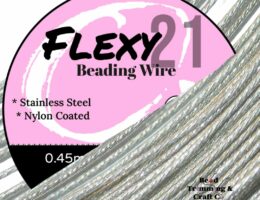
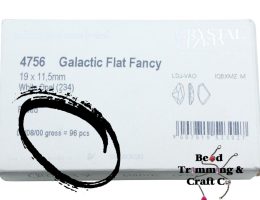
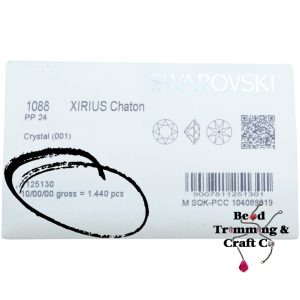
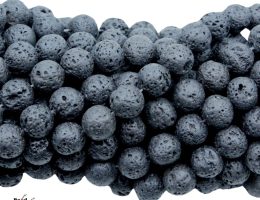
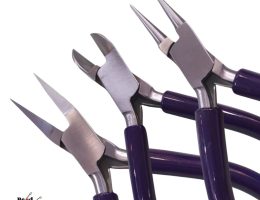
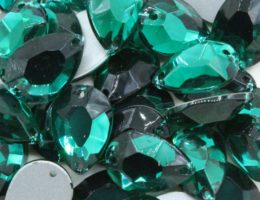
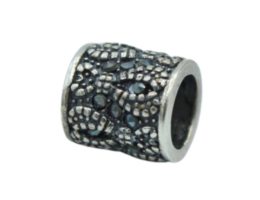
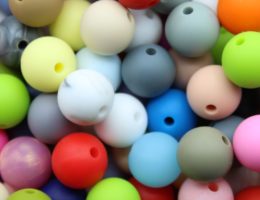
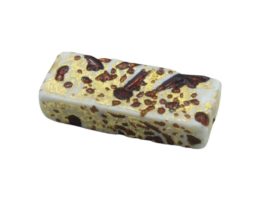
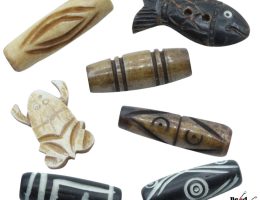
-260x200.jpg)
